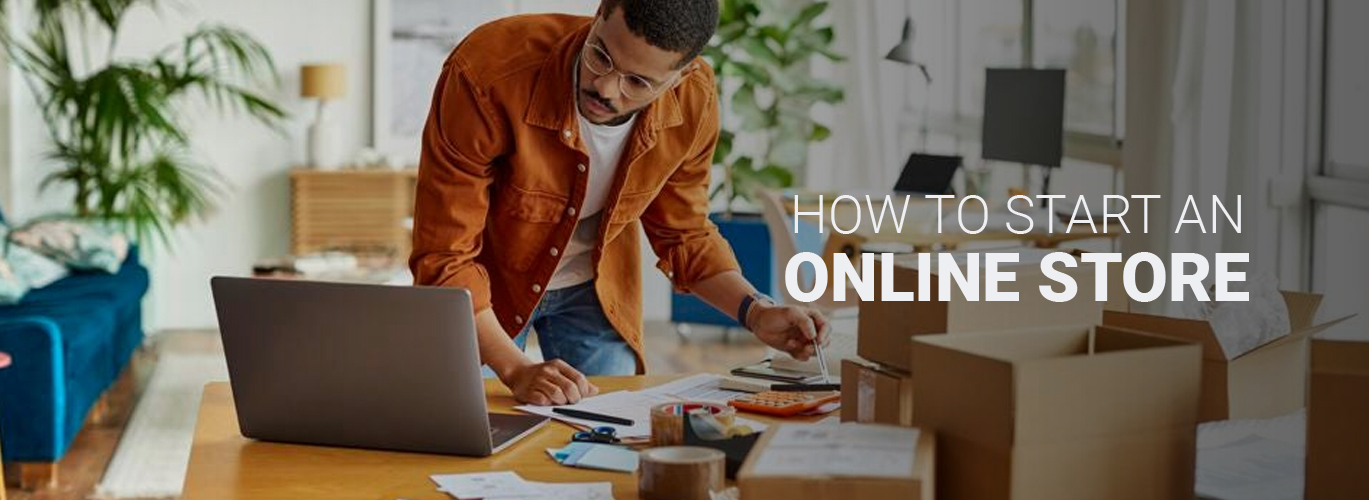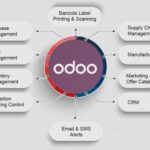In 2022, ecommerce sales are expected to total $5.5 trillion worldwide. Those numbers are known to advance in the years to come, as more consumers continue to depend on the digital environment for fast and suitable purchases.
Today, the good news for would-be business owners is that building an online store is fast becoming a lot simpler. Much obliged to things like WordPress, store builders and even dropshipping, you have a lot of ways to design an eCommerce website and start making money.
Indeed, there are still many challenges to overcome. If you need to get the most out of your online ecommerce business, then you will have to know how to do everything.
So, here’s your guide on how to create an online store.
Step 1: Determine your target audience
The first thing to consider while starting an online store is who you’ll be selling to. The friendlier you are to your product (or audience), the greater your chances of building a successful business.
If you are having a product idea, use that to understand your perfect customer. If not, think about the audience that you’re most familiar with. Which product do you use on a daily basis? What value you the most about your favourite brands? Or, who are you looking to serve with your products?
Like any business, it helps to find an objective that will keep you motivated through the way along. After all, there are a lot of logistical and financial questions in Ecommerce that you’ll have to address.
By bringing into your mind why you’re running your business and for whom, you can stay on track. To that end, take your time to establish buyer personas. Personas assist you get into the mind of your buyer and, in return, make decisions regarding messaging, marketing strategies, website design and much more.
Step 2: Choose Your Product
Once you’ve understood your target audience, it’s time to think about your product or service line. This can be the toughest part of beginning your online store. You must ensure that you’re not selling a product that’s too expensive to produce or that no one is searching for. It’s necessary to guarantee that you have the resources, like storage and shipping, to accommodate your products.
While choosing a product that’s already familiar, how will you distinguish yours from the best? Can you improve on an existing product? How will you ensure your online store is the go-to source for this product?
Step 3: Choose an Ecommerce Platform
There are many familiar ecommerce platforms that many small businesses use to learn how to build an online store. BigCommerce, Shopify and Square Online are some of the most familiar platforms for new businesses and retailers looking to expand online. All of these programs provide templates, varying levels of inventory management tools, reporting, and options for connected payment processing.
These tools also provide native or plug-in solutions for selling and advertising on social media, connecting a blog, selling in person and selling on third-party marketplaces like Amazon and eBay. They also have various plans for businesses of different sizes and sales volumes.
Step 4: Create Your Brand Name and Brand Assets
Once you know what you want to sell and which platform, the next step is to select your brand or business name and develop your brand assets, like your logo. This step might come very easy for some and for others, this can be very difficult. One method that businesses often weed through name ideas is by visiting a domain name registrar, like GoDaddy and searching for available domains if any. Ideally, the reason is you want your domain name to match your business name.
In cases like you don’t want to try your hand at logo design, you can always hire someone to do it for you from various platforms.
Step 5: Set Up Payment Methods
Now that your online business is filled with the stuff you want, you’ll need to select how you’ll be accepting payments. While often overlooked, set the currency to use for each purchase. You don’t want any confusion about pricing as your e-commerce business may reach international shores.
Relying on which hosting plan you select, you may be able to receive payments from a check or bank transfer directly from the platform.
Customers will likely opt for a credit or debit card for purchases, so having this option available is a need. You’ll want to link up your site to a secure payment gateway for credit card payments. These payment gateways add the security needed to process card charges online.
The most familiar options to consider are:
- Stripe
- Square
- PayPal
It’s never a bad idea to give customers access to different payment gateways, as your customers might have a preference. Having different options is also an advantage in the event that one of the gateways goes down. Make sure to verify that your hosting platform integrates with whichever gateways you select.
Step 6: Have an idea on How to Ship Products
If your ecommerce store is selling a physical item then you will have to work out shipping details for delivering the product into your customers’ hands. There are two ways to pick from here.
Dropshipping
You can recruit a dropshipping company to manage all your shipping for you. These businesses will take a section off the top of each sale but will supply your product for you. Otherwise, you can select products from a marketplace, like AliExpress, to sell in your online store and never have to store inventory.
Ship It Yourself
If you wish to manage your deliveries yourself, you’ll have to be able to manage any and all demands. You must set shipping costs and work with your preferred shipping provider to guarantee that the items arrive at the right location and at the right time.
Step 7: Design your site for sales
This is where your creativity can shine. The idea here is to design a store that’s both well-branded and optimised for conversions. Your consumers must not only be attracted by the look-and-feel of your store, but should also be able to find your products easily and confidently make a purchase.
Things to remember for designing your site:
- Use an eCommerce template.
- Carefully think through your site’s structure.
- Follow the three-click rule.
- Be clear about what you sell.
- Write clear calls-to-action (CTAs).
- Don’t skimp on your product descriptions.
- Be intentional with your images.
Step 8: Your Online Store is ready to Launch & Market
After designing your site you are ready to launch. When your online store is live, it will need a multipronged marketing approach with SEO (search engine optimization), listings on additional sales channels, and email marketing to set up a steady flow of shoppers. Several ecommerce businesses also use in-person sales at pop-ups and events to develop their businesses.
Online store builders like BigCommerce and Shopify have built-in tools to set SEO up easily. Along with optimising individual pages, ecommerce sites must have a logical and user-friendly structure so that shoppers can smoothly navigate through them. For example, all BigCommerce websites has SEO features, like an automated image optimizer, sitemap generation, on-page SEO capabilities, and site speed enhancers.
Step 9: Allow for Customer Feedback
Customers are the kings to your business, and a wise business owner will lend an ear to what they have to say. Be sure to develop a means to hear back from your shoppers, whether it might be from a survey or a place for reviews. You may gather helpful tips to enhance aspects of your business that would have gone otherwise overlooked.






